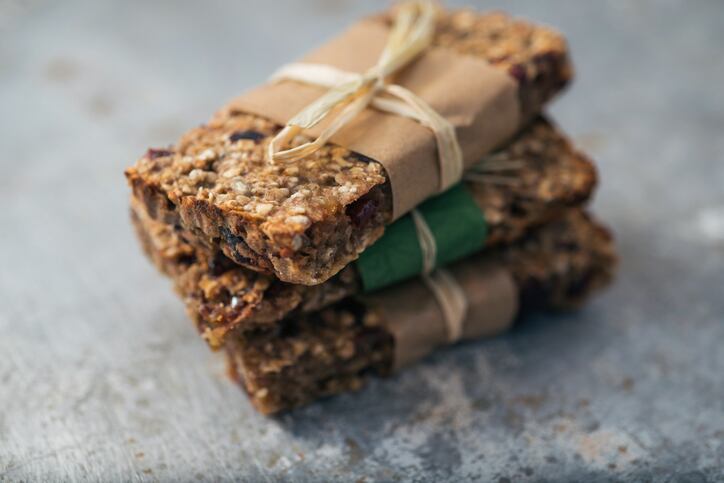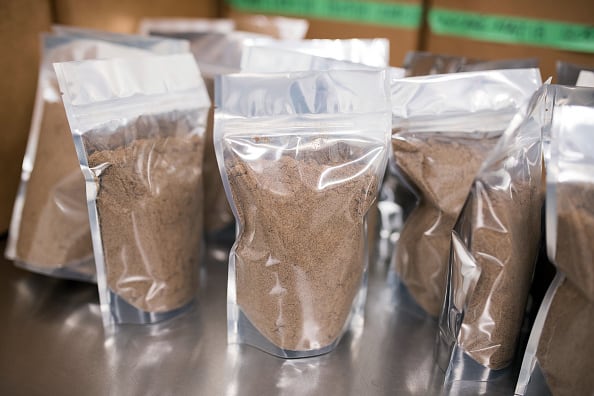For Alejandro de la Brena Meléndez, the decision to produce insects for food was a case of 'If you can't beat them, join them.'
The CEO and co-founder of GriYum got the idea for the company when he was working in urban orchards and allotments, trying to increase productivity and yield.
“One of these orchards was attacked by a plague of locusts and one of the producers made a telling comment. He said: ‘We should use these insects but in a way that we like to eat them, like in tortillas or something’.
“The idea was so good that, by then, the Food and Agriculture Organization [FAO] had already published a report on the potential of edible insects as a source of protein for the future. We decided to develop it.”
The B2B cricket supplier today sells over one ton each month and counts some of Mexico’s highest-profile insect start-ups, such as Totolines, Smart Bites and EntoTech Foods.
Nutritious and versatile
Cricket powder is nutritious, containing around 60% high-quality protein, vitamins and amino acids. However, according to de la Brena, the versatility of insect protein in food formulations is one of its best attributes - and one of the reasons it will be a success in Latin America.
“Whey concentrate is very good for drinks, but it has no functionality in tortillas or bread so it is limited. Our client EntoTech uses cricket flour to compete in the protein drink segment, serving athletes who have difficulty digesting whey.
“On the other hand, another client Totolines uses the same ingredient to make totopos [similar to tortillas] for people to eat during social occasions. [It’s] a nutritious snack that is also a conversation-starter about exotic foods, futurism and Mexican traditions.”
The use of insects as an ingredient in food products grew by a 583.3% between 2014 and 2018 globally, according to Mintel.
A tech-based ingredient
According to the entrepreneur, producing insect protein is a tech-based process. It has a network of small producers that it trains to breed crickets, integrating them as suppliers by buying 100% of their fresh cricket production. It then processes the crickets into protein ingredients.
“There is a perception about the production of cricket as an activity of little technological requirement due to its conception as a ‘pest’,” said de la Brena. “This is incorrect. The agro-industrial production of edible cricket requires means and high technology, and developing that to create the products we offer has been a challenge.”
Investing in technology-based production is also par for the course for Brazilian cricket start-up Hakkuna. It is about to begin a collaboration with the University of São Paulo’s school of agriculture, Esalq, as part of a publicly funded research program into automation and mechanization of insect breeding, and how to optimize the process.
Hakkuna was founded by sports enthusiast Luiz Filipe Carvalho after he become frustrated by the lack of healthy protein sources available in Brazil. Starting out with just 100 crickets to breed, the company’s portfolio today includes cricket powder, protein bars and whole flavored crickets.
Although Hakkuna’s production is temporarily on-hold as it relocates operations, it targets both the B2B and B2C markets. In order to overcome ‘the yuck factor’, adding cricket powder to finished products such as cereal bars or cookies can increase acceptance.
According to Carvalho, people are much more open to trying products for the first time when they are in processed form.
Healthy, natural and sustainable
“Insects are ancestral foods,” Carvalho told FoodNavigator-LATAM. “We have reports of insects being consumed by various tribes in [Brazil] and around the world “Still, there is a cultural barrier and many people still do not [want to] taste it.
“We don't want to replace other sources of protein, but we want to give people a new protein option, which causes far less environmental impact than other animal sources, is healthier and more natural,” he added. “In addition, insects are very tasty and can open new culinary boundaries with many new flavors and textures to explore.”
Although there are many species of edible insects – the FAO estimates around, both GriYum and Hakkuna commercialize crickets and don’t intend to add others to their portfolio.
“For Brazilians, crickets are more accepted than other insects for human food,” said Carvalho.



